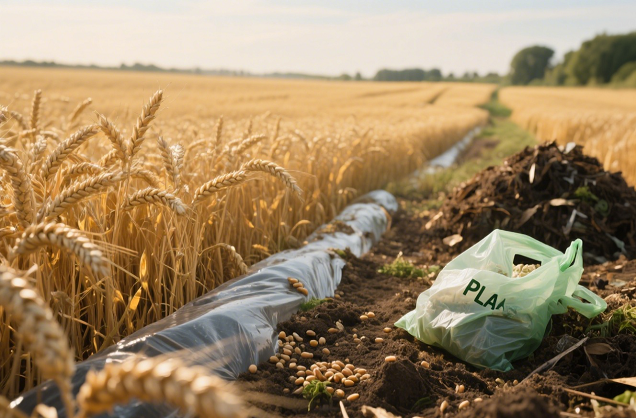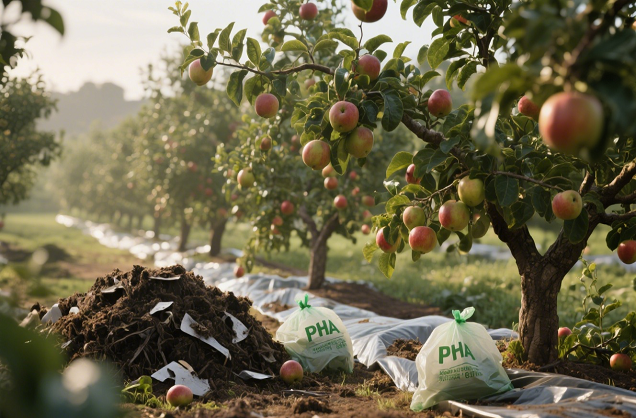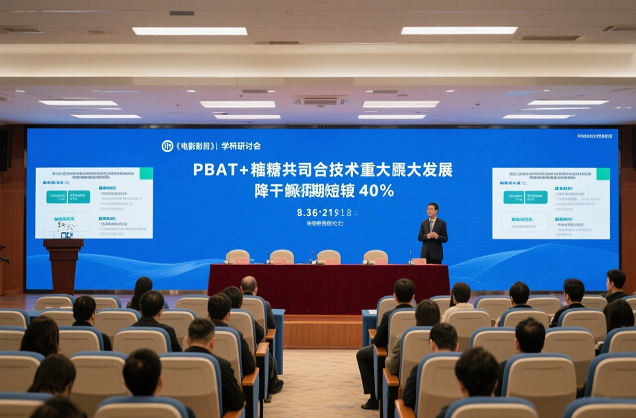A 3-minute look at PLA/PBAT/PHA: which material is best for you?
The Three Difficulties in Selecting Biodegradable Materials
In today's environmentally conscious world, 68% of consumers are willing to pay a 10-15% premium for truly biodegradable products (Nielsen Research 2024). But with all the "eco-friendly materials" on the market, what's the difference between PLA, PBAT and PHA? Which one really suits your needs?

Part I: A Quick Comparison of the Three Major Materials
Core Properties Comparison Table (Updated 2024)
Characteristics PLA PBAT PHA
Raw Material Sources Corn/Sugar Cane Starch Petroleum-based + Biobased Microbial Fermentation
Degradation Condition Industrial Composting (58-60°C) Soil/Composting Seawater/ Soil/Composting
Degradation Time 6-12 Months 3-6 Months 2-4 Months
Heat Resistance 60°C 80°C 120°. C
Flexibility Brittleness High elasticity Medium
2024 Price $2.1/kg $3.0/kg $4.2/kg

Part II: Material Selection by Usage Scenarios
Scenario 1: Food Packaging
Best Choice: PLA (high transparency, suitable for cold drink cups, salad boxes)
Alternative: PHA (heat-resistant up to 120°C, suitable for lids of hot drink cups)
Lightning Reminder: PBAT is not suitable for contact with oils and fats (easy to be deformed)
Scenario 2: Shopping Bags / Garbage Bags
Preferred Material: PBAT + PLA Blend (combining strength and degradation)
Measured Data Pure PLA bag: load-bearing 5kg easy to break
PBAT hybrid bag: load-bearing up to 15kg
Scenario 3: Marine products
The only choice: PHA (currently the only one certified for marine degradation)
Cases:
Danish ECONYL uses PHA to make biodegradable fishing nets
6-month seawater degradation rate of 92% (SGS test)
Scenario 4: Agricultural ground cover
The best solution: PBAT (cost-effective, degradation starts in 3 months) (degradation)
Comparison experiment:
PLA mulch: easy to be brittle in low temperature
PHA mulch: too costly (2.3 times more than PBAT)

Part III: 2024 Shopping Guide
1. Recognize certification marks
✅ PLA: ASTM D6400 industrial composting certification is required
✅ PBAT: should be certified for composting by EN 13432
✅ PHA: TÜV Marine Degradation certification is recommended
2. Be alert to common scams
❌ "100% degradable" but no indication of the conditions and time
❌ Labeling of PBAT as "fully biobased" (which actually contains
❌ Passing off oxo-degradable plastics as PHA
3. Cost optimization tips
Requirements Economical solution High-end solution
Short-term use PLA+starch blend Pure PHA
Flexibility required PBAT+PLA(7:3) PHA copolymer
Exposure to high temperatures PLA+mineral filled PHA

Part IV: Latest Industry News
1. Technological Breakthroughs
PLA:
Toray develops heat-resistant PLA (up to 100°C)
Cost is expected to drop to $1.8/kg by 2025
PHA:
Danimer realizes mass production of methane fermentation
China's production capacity will grow by 300% in 2024
2. Policy Directions
EU: PLA tableware needs to be clearly labeled as "industrial compost" starting from 2025
China: subsidies for PBAT films PBAT film included in agricultural machinery subsidy catalog
US: FDA accelerates PHA food contact approval
 Significant progress in PBAT/s
Significant progress in PBAT/s
 PLA/PBAT composite film degrad
PLA/PBAT composite film degrad
 A New Choice for Takeaway Pack
A New Choice for Takeaway Pack
 Significant progress in PBAT+s
Significant progress in PBAT+s
CONTACT
Add: Room 4006, No.1 Helong Yiheng Road, Baiyun District, Guangzhou City
Tel: +8613450255948
Wechat : +86-13450255948
Fax: +86-13450255948
E-mail: 13450255948@163.com








